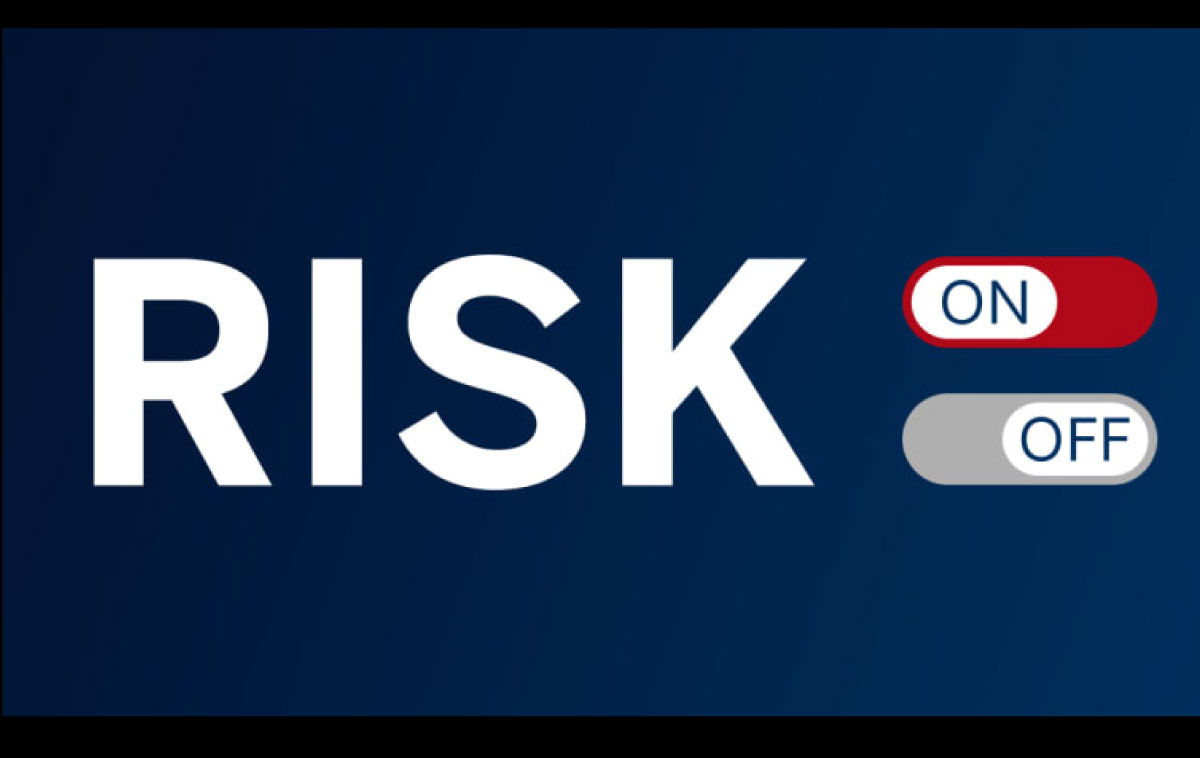In the financial markets, risk-on and risk-off are terms used to describe the sentiment of investors. These terms refer to the level of risk that traders are willing to take on in their trading. Understanding the concepts of risk-on and risk-off is essential for any trader, as it can help them make better trading decisions.
What Does Risk-On Mean?
Risk-on is a term used to describe a market sentiment where traders are willing to take on more risk. This typically means that traders are confident in the economy and are willing to invest in riskier assets such as stocks, high-yield bonds, and commodities. During a risk-on sentiment, the stock market tends to perform well, and the prices of riskier assets tend to increase.
Traders are more willing to trade in riskier assets during a risk-on sentiment because they believe that the economy is strong and that the potential rewards outweigh the risks. This can lead to higher returns for traders, but it can also lead to higher volatility in the market.
What Does Risk-Off Mean?
Risk-off is a term used to describe a market sentiment where traders are less willing to take on risk. This typically means that traders are concerned about the economy and are seeking safer assets such as government bonds, gold, and cash. During a risk-off sentiment, the stock market tends to perform poorly, and the prices of safer assets tend to increase.
Traders are more willing to invest in safer assets during a risk-off sentiment because they believe that the economy is weak and that the potential risks outweigh the rewards. This can lead to lower returns for traders, but it can also lead to lower volatility in the market.
Typical “Risk-Off” Assets
During a risk-off sentiment, traders tend to flock to safer assets such as government bonds, gold, and cash. These assets are considered to be less risky because they are less volatile than stocks and other riskier assets.
Government bonds are considered to be one of the safest investments because they are backed by the government. In times of economic uncertainty, traders tend to trade in government bonds because they believe that the government will always pay its debts.
Gold is also considered to be a safe investment because it has a long history of being a store of value. During times of economic uncertainty, traders tend to invest in gold because it is not tied to any specific currency and is considered to be a universal store of value.
Cash is also considered to be a safe investment because it is not subject to market fluctuations. During times of economic uncertainty, traders tend to hold onto cash because it provides them with a sense of security.
Is BTC Risk-On or Risk-Off?
Bitcoin (BTC) is a digital currency that has gained a lot of attention in recent years. Bitcoin is often seen as a risky investment because it is not backed by any government or financial institution, and its value can be very volatile.
However, some traders see Bitcoin as a risk-on investment because it is not tied to any specific currency or government, and it has the potential for high returns. During times of economic uncertainty, some traders may turn to Bitcoin as a hedge against inflation or as a way to diversify their portfolio.
In conclusion, understanding Risk-on and Risk-off sentiment is crucial for traders and investors. When the market sentiment is Risk-on, traders tend to buy riskier assets, and when the sentiment is Risk-off, traders tend to invest in safer assets. Typical “Risk off” assets include U.S. Treasuries, gold, and defensive stocks. BTC can be both a Risk-on and a Risk-off asset, depending on how traders and investors perceive it.
